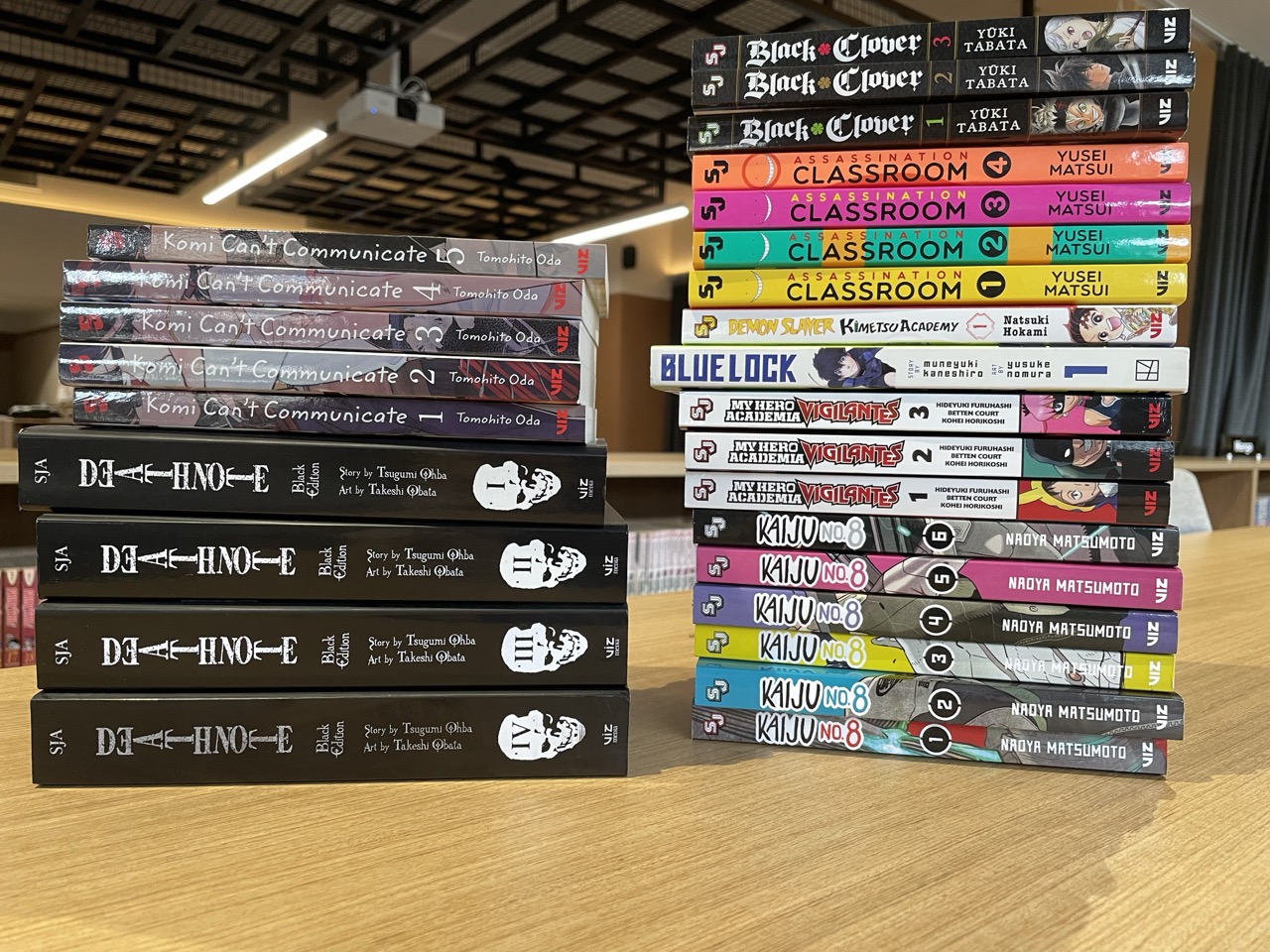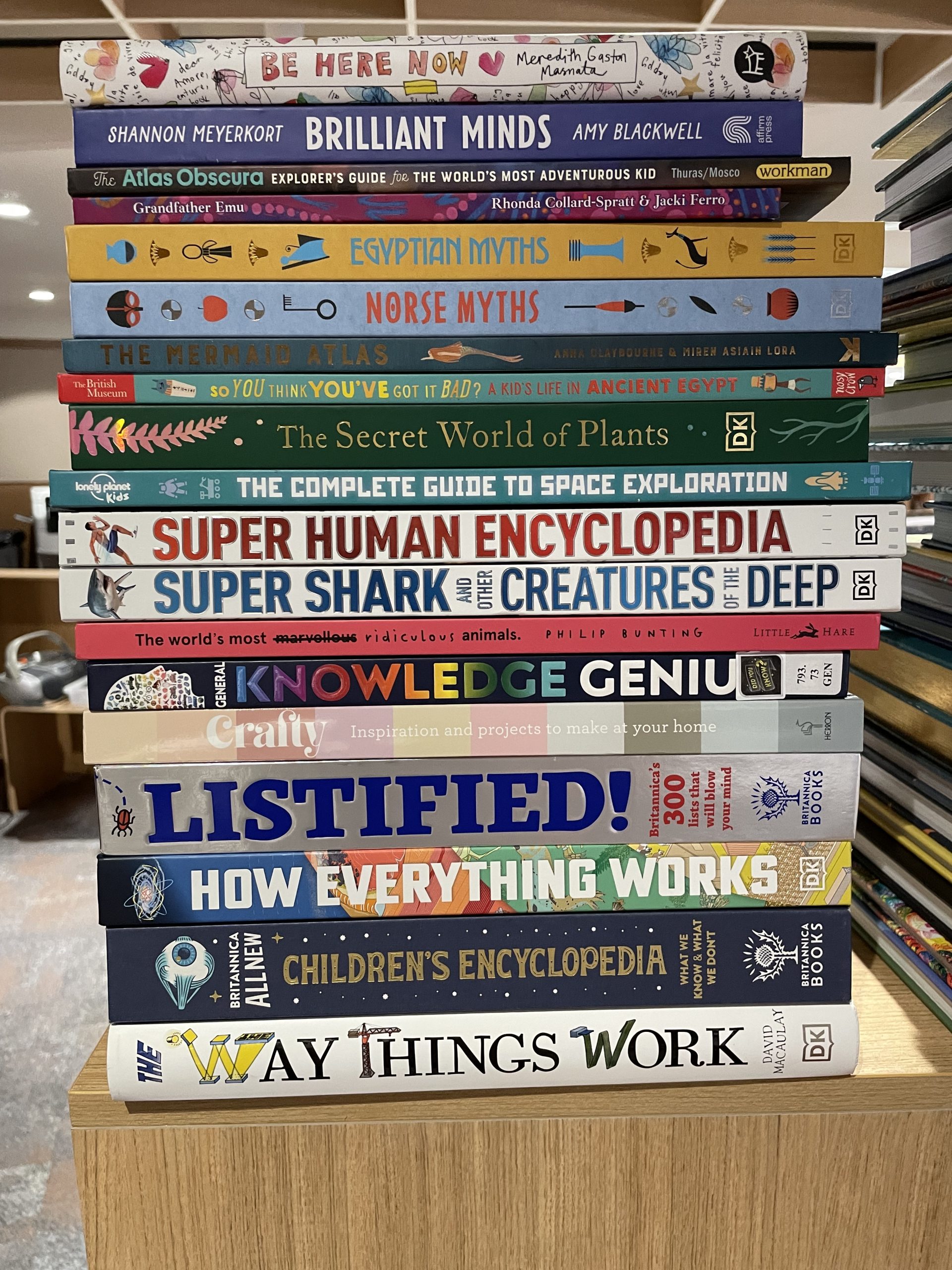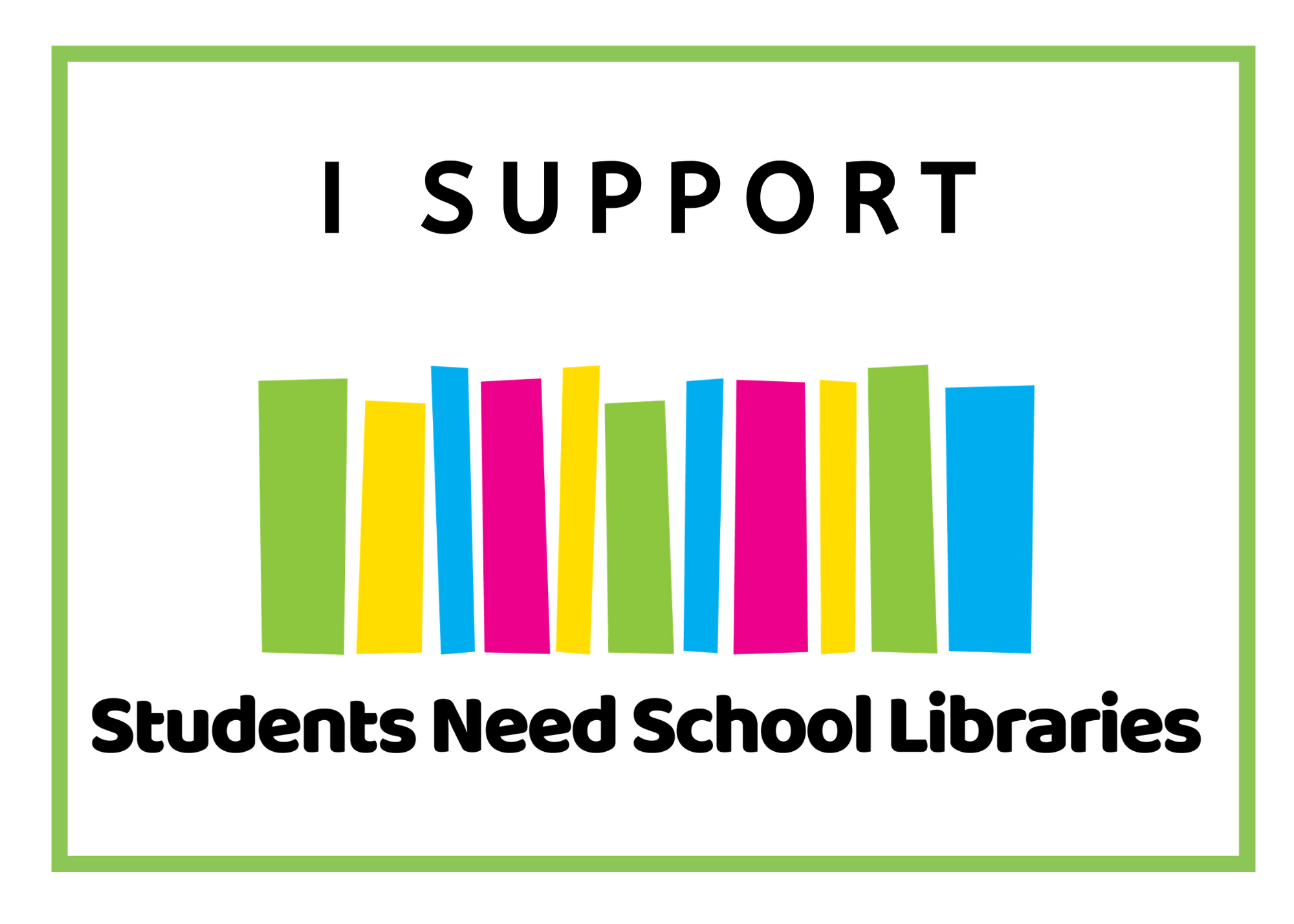If there was one thing I would suggest every single school library to enact it’s to move to a student-driven collection development. It is the most powerful process I know to increase engagement with a school library, support reading for pleasure and improve the collections in a school library. Who better to decide what to have on the bookshelves than the students and staff who are going to be reading those books.
When I tell them I will buy whatever books they want, I’ve had students ask me ‘what if no one else reads them?’ My answer to that is ‘well at least one person will definitely read it and that’s you. If I choose the books, no one might read it.’ Of course, I also know that buying books my students request means they are far more likely to recommend them to their peers.
But a student driven collection is not as simple as just putting a notebook at the desk and having students write in their requests. There’s a lot more to it. The librarian also has a really key role in this collection development because it is still collection development and we are still librarians and still the curators of our collection and that’s important to remember. So, here’s how I go about student-driven collection development.
Mindset
The first thing to do is to change your mindset. The collection belongs to the students and they get a say in what’s on the shelves.
Promoting it with students
There is no point having a student-driven collection development if you don’t tell your students about it. One of the key parts is ownership of the collection and students only come to understand that if they know that you will buy them the books that they want. So I tell my students in all their library library lessons that the collection is their collection and I will buy them the books that they want. I do this as a whole class group but I also do it any time I’m having a conversation with students, whether I’m recommending books or just walking in the stacks. If they ask for something and we don’t have it, then I offered to buy it for them. We also have an online form that’s prominent on our library homepage. I had a student recently asked me, ‘Are you still doing that thing where you buy us the books we want?’ and that reminded me that I need to continually promote this with students of all year levels. This is not a one and done thing, it’s part of our culture and sharing that culture means telling students about it often. I also tell staff about it so that they share it with students and know that we will buy books for them as well.

Forms of collection
I have multiple ways that students and staff can request books. I have an online Microsoft form that’s embedded into our library homepage. I receive an email when this is completed and we process that through our book orders. We enable students to request a book that they want to read but also a book that they think would be good for the collection that they would share with others. Students can also email me book request but most of my book request are given verbally through our conversations or while we’re walking the shelves. I’ll also sit down with the students and look at online bookshops and booklist to select items to purchase if they’ve made a general recommendation, like more sport books. I also put questions into activities or rotations we do in library lessons, asking them which sections we need more books in or for title recommendations. We also ask our book club members to recommend titles.
Tracking requests
Once a request is made and it’s added to our order list the student’s details are also added so that the book is reserved for them and they are the first one to borrow it.
Purchasing
The ideal form of collection development means you will be purchasing books more frequently and I know that’s not possible for all schools. I am fortunate to be able to spend my budget when and as I need it and that enables me to respond to student requests quickly. My students are so used to this that I’ve had students check with me two days after they’ve requested a title to see if the book has arrived. I tell them I produce miracles but not that quickly, but we usually do have a pretty quick turn around. I am fortunate to have an amazing library technician who does the bulk of the orders for me and we have connections with local bookshops who quickly source these books for us.

The librarian’s role
Having a student driven collection does not mean the librarian is replaced in the collection development process. In fact, they play an even greater role. It just looks a little different. The librarian is still ultimately responsible for making choices about which books are added to the collection and insuring that they meet collection development policy. Each request is carefully checked in the same way that any purchased item is checked. I check for age appropriateness, content, format, publication date, book size, availability, and what reviews say about the book. We got lots of requests for really old books and I have to weigh this up with wanting to maintain a young collection and if it’s a title that is worth having in the library.
We can say no. That’s really important. There are times when you will need to say no and explain to the students or staff why you’re not adding that book to the collection. It might be content. It might be topic. It might be relevance. It might be age of the title or simply unavailability. Sometimes you cannot get the books staff or students request. Then I sit down with the students and we look for alternatives we can purchase that do meet those requirements. At all stages I’m looking to involved the students in the decision-making process and explain my decisions to them.
Labelling
I don’t label our books with a ‘recommended by’ book plate or sticker, but it can be a great way to promote your student-driven collection and continue to grow student ownership of the collection.
I still buy books
In fact, I still buy lots of books. While many of our purchases are student requests, my library tech and I still make a lot of purchased decisions. These might be new popular titles that we know students would like, continuations of series, books around topics for curriculum and general interest, or simply making decisions based on conversations with students. For example, if I’m walking the shelves and we’re looking for sport books and they’re not enough books on a particular sport students are wanting, I take the feedback from that conversation and I make sure that I then go and purchase those sorts of books. This is still student-driven collection development because I’m taking the feedback from them on what they were looking for and using that to make my collection development choices.

The results
This collection development style has incredible results for increasing engagement with the library, collections and reading. It works to increase student recommendations and ownership of the collection. Students and staff get excited that we’ll buy them the books they want. They share the books they’ve requested with their peers. And they say things like, thank you for buying those books or, I really love the sorts of books you have now.
I highly recommend exploring a student-driven collection development in your school library. Give it a try, you won’t regret it.



I totally agree Madison. This week, in fact, we are having a meeting at recess of all the regular manga readers to help guide us with cleaning up the collection and to add possible new series titles. The students were really chuffed about being asked to be involved but it’s vital that they are none of us TLs are manga readers and we need their advice. I’m looking forward to working with them and the great news is that the group ranges in ages from Yr 7-12 and balanced in gender. Score!
Hi Madison, I found your blog really interesting and wondered how this sits with you working within the curriculum and with teachers. It feels like a policy to move you further into the reading for pleasure camp and I wondered if you had taken this into account when thinking about your collection development. It is great to read that your loans have increased but I’m just wondering how you now balance the two?
Thanks for your comment, Elizabeth. Purchasing for curriculum is still a massive part of our collection development, as I do outline in my post. It’s important that we support both reading for pleasure and curriculum. The library team make specific purchases for curriculum, but staff and student requests are also curriculum based in many cases.